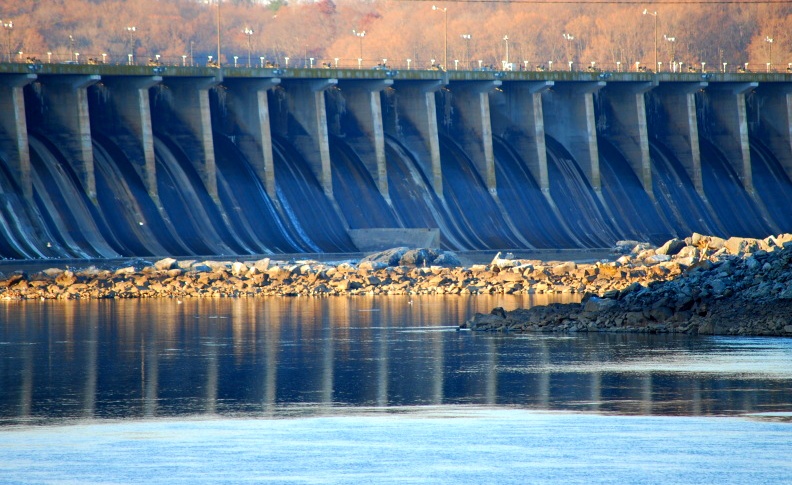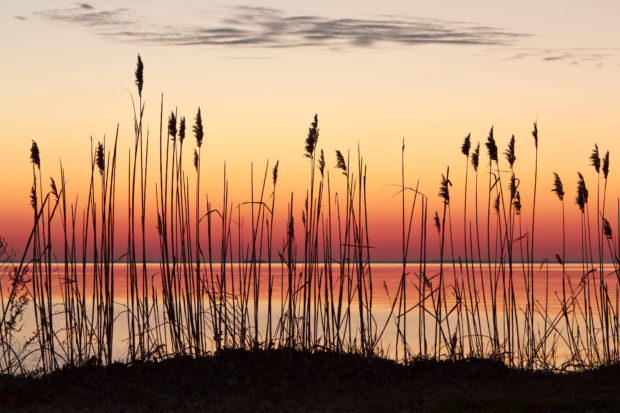We have much more to do and your continued support is needed now more than ever.
What’s With That Dam?
The Conowingo Story

What is the Conowingo Dam?
The Conowingo Dam is a large, operational hydroelectric dam in the lower Susquehanna River near the town of Conowingo, Maryland close to the Pennsylvania border. As one of the largest non-federal hydroelectric dams in the United States, the dam has a surface area of 9,000 acres and a maximum length of 4,648 feet. Construction was completed on the Conowingo Dam in 1928 and it opened in 1929. The dam is owned by Exelon Corporation, an American 100 energy company headquartered in Chicago, Illinois.
How does it work?
hydroelectric power. When water from the dam passes through, propeller-like pieces called turbines spin. This then turns a metal shaft in an electric generator, which is the motor that produces electricity. The more water that passes through the dam, the more energy that is produced!

Why is the dam significant to the Chesapeake Bay clean-up?
Over time, the dam has unintentionally acted as a “pollution gate” stopping sediment (and attached pollutants) from going down stream into the Chesapeake Bay. However, at this point in time, the reservoir behind the dam is essentially full and is trapping smaller and smaller amounts of sediment over time. When the region experiences large storms that create strong floods, this scours the sediment and other pollutants behind the dam and sends them downstream into the Bay. Original estimates stated that the dam would not be at trapping capacity until 2030 or 2035, but the dam is approximately 95 percent full right now, and recent assessments have determined the dam is no longer stopping pollution at all.
This poses several significant problems to the Chesapeake Bay cleanup. First, the dollar amount that was considered enough to meet pollution reduction goals, around $19 billion, is not going to cut it. Second, even with full implementation of Maryland’s federally-required cleanup plan, it will not be enough to achieve water quality goals on its own. Because of this, Maryland is currently proposing to test dredge a small amount behind the dam to remove some sediment and determine whether this approach would help to improve the health of the Bay. Third, Pennsylvania is significantly behind their cleanup goals, but with the dam filling up, the Keystone State may be asked to do more. This issue may inevitably cause tension between the states about who is responsible for the extra pollution reduction because of the sheer cost of additional reductions.

You might be wondering what Exelon is planning on doing to support the removal of built up sediment and attached nutrients from behind the dam. The short answer is – nothing…yet. However, Exelon cannot operate the dam without a license from the Federal Energy Regulatory Commission (FERC). FERC’s current license for Conowingo was issued in August 1980 and expired in September 2014; Exelon is currently operating on a temporary annual license. Exelon has filed an application with FERC for a renewed long-term license. This offers us a rare opportunity to require Exelon to reduce some negative impacts of the dam and support the health of the Chesapeake Bay.

From my perspective, the Chesapeake Bay cleanup was and will always be a team effort among all of the jurisdictions – Virginia, Maryland, West Virginia, Delaware, Pennsylvania, New York, and the District of Columbia – and the federal government. We need to come together as a community to determine the most effective and least burdensome course of action; one that leads us to a cleaner rivers and streams flowing into a healthy Chesapeake Bay.
What can you do?
President Trump’s FY2018 proposal to cut 31 percent of EPA’s budget would eliminate the Chesapeake Bay Program and the people who coordinate it. Considering the impacts of Conowingo, it is more important than ever to keep the cleanup on track, including the crucial federal investments that improve local water quality. Please contact your Member of Congress and tell them how important the Bay restoration effort is to you!
To learn more, please visit the Chesapeake Bay Program’s website.
Science.Restoration.Partnership.
*Please reach out to us with your questions and concerns. Contact Chante Coleman, director of the Choose Clean Water Coalition.






















